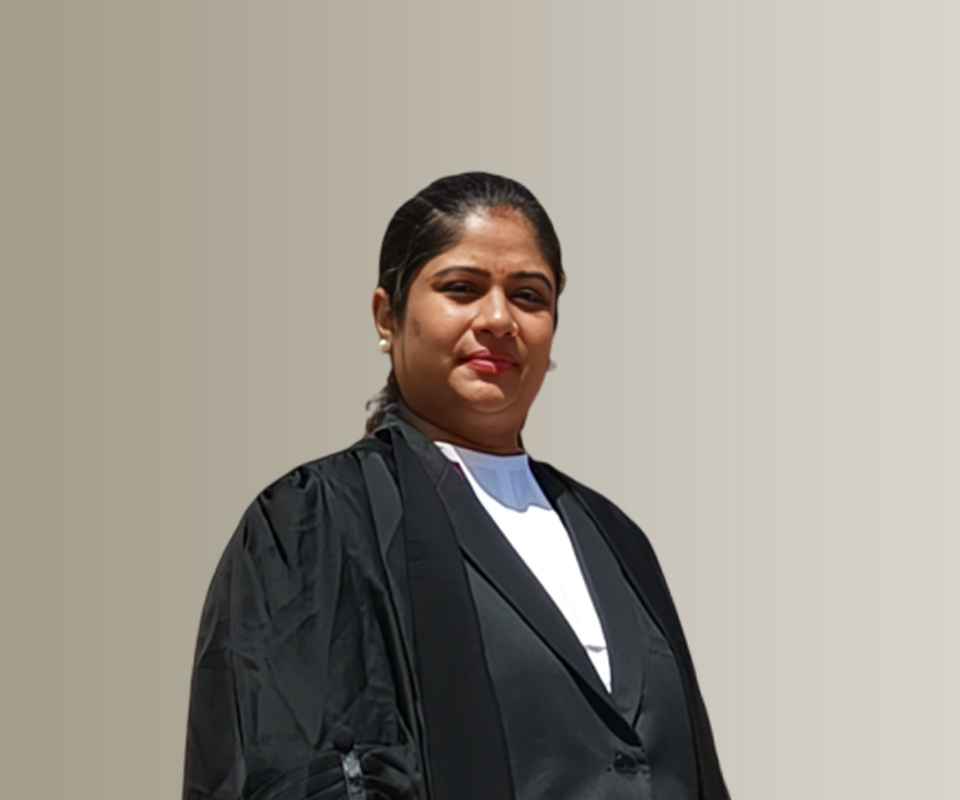Answer By law4u team
As children grow up in a digital age, they have increasing access to a variety of devices—smartphones, tablets, laptops, and more. While the internet provides many educational resources, it also exposes children to inappropriate, harmful, or distressing content. This can include violent videos, explicit images, cyberbullying, or misleading information. In a shared custody arrangement, it may be necessary for both parents to agree on rules for visual content filters to ensure the child’s safety online and to protect them from harmful content.
By including visual content filter provisions in the custody agreement, both parents can work together to monitor and control the types of content their child is exposed to, while also respecting the child’s need for independence and access to age-appropriate resources. This collaborative approach can be an effective way to safeguard the child’s online experience.
Measures for Implementing Visual Content Filters
- Setting Up Device-Specific Filters
Parents can agree on using specific visual content filters that can be installed on the child’s devices, including smartphones, tablets, computers, and smart TVs. Filters such as SafeSearch (Google), Restricted Mode (YouTube), or apps like Net Nanny or Qustodio can block explicit content. Both parents can monitor the activation and adjustment of these filters regularly to ensure they remain active. - Customizing Filters for Age-Appropriate Content
Depending on the child’s age and maturity level, filters can be adjusted to allow access to age-appropriate content, including educational resources, entertainment, and age-rated games. Parents should decide which types of content are acceptable, like limiting access to social media platforms or video streaming services based on the child’s age group. - Monitoring Filter Effectiveness
Both parents should agree to periodically review the content filter’s effectiveness. This could include checking whether certain restricted content is still accessible, whether new filters need to be added, or if the existing settings require adjustments. Joint monitoring helps ensure that neither parent is unaware of the child’s online environment and keeps both accountable for safeguarding the child. - Educational Filtering Settings
Parents can agree on settings that prioritize educational content, such as filtering out distractions like gaming sites or entertainment platforms during homework hours. This encourages productive online activity while still allowing access to necessary social or recreational platforms, like family-friendly video-sharing websites. - Shared Access to Filter Management
To ensure transparency and accountability, both parents can have shared access to the settings of the content filtering tools. This can be arranged so that neither parent can unilaterally change or bypass the filters, ensuring that any modifications require mutual consent. - Emergency Override for Content Filters
In some situations, a child may need access to certain content for school projects or other legitimate purposes. The custody agreement can include an emergency override process, where both parents need to agree to temporarily lift or adjust content filters. This could be done on a case-by-case basis, ensuring that the child’s educational needs are met without compromising safety. - Communication with the Child
It’s essential that both parents communicate clearly with the child about why these filters are in place. The custody plan can include provisions for having regular discussions with the child to explain the rationale behind content restrictions, fostering understanding and cooperation. This also gives the child a sense of involvement in their digital safety.
Common Challenges in Visual Content Filter Enforcement
- Inconsistent Enforcement Between Parents
Without clear communication and cooperation, one parent may neglect to enforce the same level of content filtering as the other. A well-defined custody agreement that outlines specific responsibilities for managing filters, such as setting up and reviewing them, can help mitigate this risk. - Evasion of Filters
Tech-savvy children may attempt to bypass filters by using proxies, VPNs, or other methods to access restricted content. Parents should periodically review devices for any signs of filter evasion and update their filtering software accordingly. Parents can also agree on regular discussions with the child about how and why they should respect these limits. - Balancing Privacy and Safety
As children grow older, they may feel that constant filtering is an invasion of privacy or may rebel against restrictions. The custody agreement can address how to gradually ease off certain content filters as the child matures, based on trust and improved digital literacy. Parental controls should become less restrictive as the child demonstrates responsible internet use. - Technological Limitations
Some filtering tools may have limitations, such as failing to block new content types or not being able to filter within certain apps (e.g., social media). The custody agreement should include regular checks to ensure the filters are up to date, and both parents can agree to additional tools or systems to complement existing ones if necessary. - Conflicts on Content Boundaries
Different parents may have varying views on what constitutes appropriate content for the child. One parent might be more lenient in allowing access to certain websites, while the other may be stricter. Clear discussions and mutual agreement are essential to ensure a consistent approach to filtering content.
Example
- Scenario:
John and Lily are co-parents of a 12-year-old daughter, Mia, who uses a tablet for both educational purposes and entertainment. Recently, Mia has expressed an interest in watching videos on social media platforms like TikTok, and John is concerned about the inappropriate content she might come across.
Steps to Address:
- Agree on Visual Filters:
John and Lily decide to use the Net Nanny app to set up content filters on Mia’s tablet. They block explicit websites and set it to allow only age-appropriate YouTube videos, restricting Mia’s access to social media platforms until she turns 13. - Customizing Filters:
They adjust the filter settings to prioritize educational content, especially for school-related research. Mia can access learning apps, educational YouTube channels, and kid-friendly games but is restricted from accessing any content that exceeds her age group. - Monitoring Content Regularly:
Both parents agree to log into the app once a week to check Mia’s browsing history and video viewing logs. This keeps them informed about the type of content she has been exposed to and whether any inappropriate material has slipped through. - Communication with Mia:
John and Lily sit down with Mia to explain why they’ve set up these filters. They reassure her that the goal is to keep her safe and ensure that she’s consuming content that is both educational and age-appropriate. Mia is also encouraged to approach her parents if she wants to explore new apps or websites. - Emergency Override Process:
Mia needs to access certain social media platforms for a school project. John and Lily agree to temporarily lift the restriction for educational purposes but explain that the filter will be reactivated afterward. - Adjusting Filters Over Time:
As Mia grows older, John and Lily agree to revisit the filters every six months and gradually loosen restrictions as Mia demonstrates responsibility in managing her online presence.
By setting up and managing visual content filters collaboratively, John and Lily create a safe digital environment for Mia. The shared responsibility and open communication help Mia understand the importance of online safety, while also allowing for some flexibility as she matures.
Final Thoughts
Including rules about visual content filters in a custody agreement ensures that both parents can work together to protect their child’s safety in the digital space. With regular monitoring, clear communication, and consistent enforcement, parents can provide a balanced approach that supports the child’s development while guarding against harmful content.







